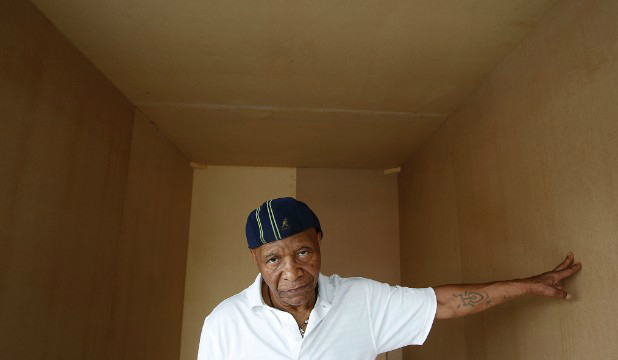
The more physically active you are at age 25, the better your thinking tends to be when you reach middle age, according to a large-scale new study. Encouragingly, the findings also suggest that if you negligently neglected to exercise when young, you can start now and still improve the health of your brain.
Those of us past age 40 are generally familiar with those first glimmerings of forgetfulness and muddled thinking. We can’t easily recall people’s names, certain words, or where we left the car keys. “It’s what we scientists call having a C.R.S. problem,” said David R. Jacobs, a professor of public health at the University of Minnesota in Minneapolis and a co-author of the new study. “You can’t remember stuff.”
But these slight, midlife declines in thinking skills strike some people later or less severely than others, and scientists have not known why. Genetics almost certainly play a role, most researchers agree. Yet the contribution of lifestyle, and in particular of exercise habits, has been unclear.
So recently, Dr. Jacobs and colleagues from universities in the United States and overseas turned to a large trove of data collected over several decades for the Cardia study. The study, whose name is short for Coronary Artery Risk Development in Young Adults, began in the mid-1980s with the recruitment of thousands of men and women then ages 18 to 30 who underwent health testing to determine their cholesterol levels, blood pressure and other measures. Many of the volunteers also completed a treadmill run to exhaustion, during which they strode at an increasingly brisk pace until they could go no farther. The average time to exhaustion among these young adults was 10 minutes, meaning that most were moderately but not tremendously fit.
Twenty-five years later, several thousand of the original volunteers, now ages 43 to 54, were asked to repeat their treadmill run. Most quit much sooner now, with their running times generally lasting seven minutes or less, although a few ran longer in middle age than they had as relative youngsters.
Then, the volunteers completed a battery of cognitive tests intended to measure their memory and executive function, which is the ability to make speedy, accurate judgments and decisions. The volunteers had to remember lists of words and distinguish colors from texts, so that when, for example, the word “yellow” flashed onto a screen in green ink, they would note the color, not the word. (The participants did not undergo similar memory tests in their 20s.)
The results, published last month in Neurology, are both notable and sobering. Those volunteers who had been the most fit as young adults, who had managed to run for more than 10 minutes before quitting, generally performed best on the cognitive tests in middle age. For every additional minute that someone had been able to run as a young adult, he or she could usually remember about one additional word from the lists and make one fewer mistake in distinguishing colors and texts.
That difference in performance, obviously, is slight, but represents about a year’s worth of difference in what most scientists would consider normal brain aging, Dr. Jacobs said. So the 50-year-old who could remember one word more than his age-matched fellows would be presumed to have the brain of a 49-year-old, a bonus that potentially could be magnified later, Dr. Jacobs added. “In other studies, every additional word that someone remembered on the memory test in middle age was associated with nearly a 20 percent decrease in the risk of developing dementia” in old age, he said.
In essence, the findings suggest that the ability to think well in middle age depends to a surprisingly large degree on your lifestyle as a young adult. “It looks like the roots of cognitive decline go back decades,” Dr. Jacobs said.
Which would be a bummer for anyone who spent his or her early adulthood in happy, heedless physical sloth, if the scientists hadn’t also found that those few of their volunteers who had improved their aerobic fitness in the intervening years now performed better on the cognitive tests than those whose fitness had remained about the same or declined. “It’s a cliché, but it really is never too late to start exercising,” Dr. Jacobs said, if you wish to sharpen your thinking skills.
This study did not examine why exercise may increase brainpower. But, Dr. Jacobs said, other studies, including some that have used the same data from the Cardia study, suggest that out-of-shape young people have poor cholesterol profiles and other markers of cardiovascular health that, over time, may contribute to the development of plaques in the blood vessels leading to the brain, eventually impeding blood flow to the brain and impairing its ability to function.
“The lesson is that people need to be moving throughout their lives,” Dr. Jacobs said.
Source: New York Times







